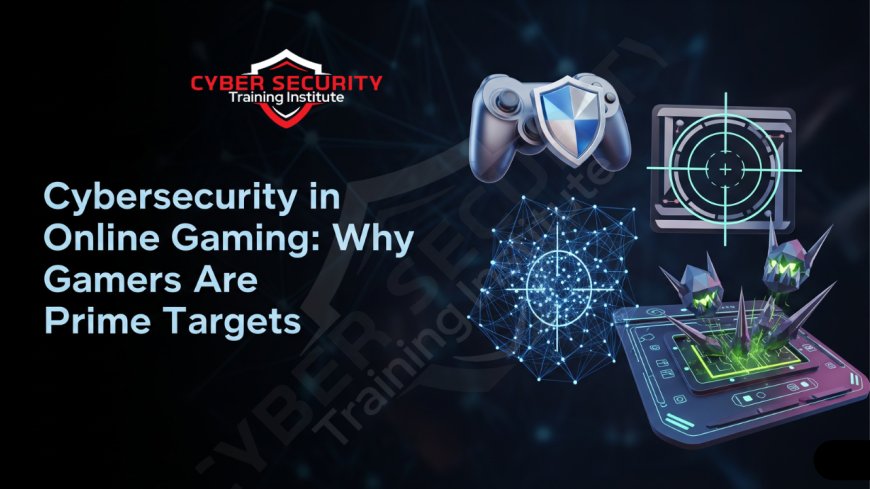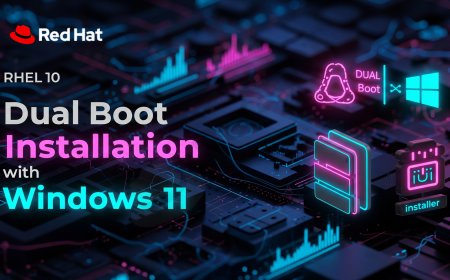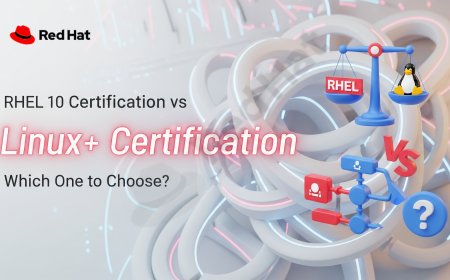Cybersecurity in Online Gaming | Why Gamers Are Prime Targets
Online gaming has exploded into a global phenomenon, connecting millions of players in virtual worlds filled with adventure, competition, and camaraderie. But beneath the excitement lies a darker reality: gamers are increasingly targeted by cybercriminals. From stolen accounts to financial scams, the gaming industry has become a hotspot for cyber threats. Why are gamers such prime targets, and what can you do to stay safe? This blog dives into the world of cybersecurity in online gaming, breaking down the risks, reasons, and practical steps to protect yourself.

Table of Contents
- Why Cybercriminals Target Gamers
- Common Cybersecurity Threats in Online Gaming
- Cybersecurity Threat Statistics
- How Gamers Can Protect Themselves
- The Role of Gaming Companies in Cybersecurity
- Conclusion
- Frequently Asked Questions
Why Cybercriminals Target Gamers
Gamers are attractive targets for cybercriminals for several reasons. The gaming industry is massive, generating billions of dollars annually, and its players often invest significant time and money into their accounts. This makes gaming accounts valuable on the black market. Here’s why gamers are in the crosshairs:
- Valuable Digital Assets: In-game items, skins, and currencies can be worth hundreds or even thousands of dollars. Cybercriminals steal and sell these assets for profit.
- Large User Base: With millions of players worldwide, games like Fortnite, Minecraft, and Call of Duty offer a vast pool of potential victims.
- Younger Demographics: Many gamers are young and may not be aware of cybersecurity best practices, making them easier targets.
- Connected Accounts: Gaming accounts are often linked to credit cards, PayPal, or other payment methods, giving hackers access to financial information.
- Social Engineering Opportunities: Gamers frequently interact in chats or forums, where scammers can trick them into sharing personal details.
The combination of valuable assets and a diverse, sometimes inexperienced user base makes gaming a goldmine for hackers.
Common Cybersecurity Threats in Online Gaming
Cybercriminals use a variety of tactics to exploit gamers. Understanding these threats is the first step to staying safe. Here are the most common dangers:
- Phishing Scams: Fake emails or messages pretending to be from game developers trick players into revealing login details or clicking malicious links.
- Account Hijacking: Hackers use stolen credentials to take over accounts, often changing passwords and locking out the original owner.
- Malware: Malicious software, often disguised as game mods or cheats, can steal data or damage devices.
- Distributed Denial of Service (DDoS) Attacks: Hackers overwhelm game servers or individual players’ connections, disrupting gameplay.
- In-Game Scams: Fraudsters pose as players to offer fake trades or deals, stealing items or currency.
- Credential Stuffing: Hackers use stolen usernames and passwords from other breaches to try logging into gaming accounts.
Each of these threats exploits different vulnerabilities, from weak passwords to trusting in-game strangers. Awareness is key to avoiding them.
Cybersecurity Threat Statistics
To understand the scale of the problem, let’s look at some eye-opening statistics about cybersecurity in gaming:
| Threat Type | Impact | Source |
|---|---|---|
| Phishing Attacks | Over 50% of gamers have received phishing emails related to gaming. | Kaspersky, 2023 |
| Account Theft | 22 million gaming accounts were compromised in 2022. | Akamai, 2022 |
| DDoS Attacks | Gaming industry faced 25% of all DDoS attacks in 2023. | Cloudflare, 2023 |
| Malware Infections | 15% of gamers downloaded malware disguised as cheats. | ESET, 2023 |
These numbers highlight the urgent need for better cybersecurity practices among gamers and stronger protections from gaming companies.
How Gamers Can Protect Themselves
While cyber threats are real, you can significantly reduce your risk by following these practical tips:
- Use Strong, Unique Passwords: Create complex passwords with letters, numbers, and symbols. Avoid reusing passwords across accounts.
- Enable Two-Factor Authentication (2FA): Add an extra layer of security by requiring a code sent to your phone or email to log in.
- Beware of Phishing: Don’t click links or share details from unsolicited messages. Verify the sender’s authenticity.
- Download from Trusted Sources: Only install games, mods, or updates from official platforms like Steam or Epic Games.
- Keep Software Updated: Regularly update your games, operating system, and antivirus software to patch security vulnerabilities.
- Avoid Sharing Personal Info: Don’t share account details, payment info, or personal data in game chats or forums.
- Use a VPN: A virtual private network can protect your connection, especially on public Wi-Fi.
By adopting these habits, you can enjoy gaming with greater peace of mind.
The Role of Gaming Companies in Cybersecurity
While gamers must take responsibility for their security, gaming companies also play a critical role. Many developers are stepping up, but there’s still room for improvement. Here’s what companies are doing and what they could do better:
- Implementing 2FA: Most major platforms now offer two-factor authentication, but some smaller games don’t.
- Educating Players: Companies like Blizzard and Riot Games provide guides on spotting scams, but more outreach is needed.
- Server Protection: Firms invest heavily in defending against DDoS attacks, but outages still occur during peak times.
- Account Recovery: Streamlined recovery processes help players regain access, but delays can frustrate users.
- Moderating In-Game Scams: Some games have systems to detect fraudulent trades, but scammers often slip through.
Gaming companies must continue to innovate and prioritize security to protect their players and maintain trust.
Conclusion
Online gaming is a thrilling way to connect with others and escape into incredible worlds, but it comes with cybersecurity risks. Gamers are prime targets due to the value of their accounts, the industry’s massive user base, and the trusting nature of gaming communities. From phishing scams to account hijacking, cybercriminals use sophisticated tactics to exploit players. However, by using strong passwords, enabling 2FA, and staying cautious, you can significantly reduce your risk. Gaming companies also have a responsibility to enhance security measures and educate their players. Together, gamers and developers can create a safer online gaming environment. Stay vigilant, and keep gaming securely!
Frequently Asked Questions
What is phishing in gaming?
Phishing is when scammers send fake emails or messages pretending to be from game developers to steal your login details or personal information.
Why do hackers target gaming accounts?
Gaming accounts often contain valuable in-game items, currencies, or linked payment methods, which hackers can sell or exploit for profit.
How can I tell if an email from a game company is real?
Check the sender’s email address, avoid clicking links, and log in directly through the official game website to verify any requests.
What is two-factor authentication (2FA)?
2FA adds an extra security step, like entering a code sent to your phone or email, to log into your account.
Can I get my hacked gaming account back?
Yes, contact the game’s support team immediately, provide proof of ownership, and follow their recovery process.
Are game mods safe to use?
Not always. Only download mods from trusted sources, as many contain malware that can steal your data.
What is a DDoS attack in gaming?
A DDoS attack floods a game server or player’s connection with traffic, causing lag or disconnections.
Should I use the same password for all my gaming accounts?
No, use unique passwords for each account to prevent hackers from accessing multiple accounts if one is compromised.
Can I trust in-game traders?
Be cautious. Many in-game traders are scammers. Use official trading systems if available, and never share account details.
What is credential stuffing?
Credential stuffing is when hackers use stolen usernames and passwords from other sites to try logging into gaming accounts.
Is it safe to game on public Wi-Fi?
Public Wi-Fi is risky. Use a VPN to encrypt your connection and avoid logging into accounts on unsecured networks.
Do gaming companies care about cybersecurity?
Many do, offering features like 2FA and anti-scam guides, but some smaller companies may lack robust security measures.
How do I know if a game update is legitimate?
Only download updates from official platforms like Steam, Epic Games, or the game’s website.
Can malware affect my gaming console?
Yes, though rare, consoles can get malware from unofficial apps or jailbreaking. Stick to official stores.
What should I do if I suspect my account is compromised?
Change your password, enable 2FA, contact support, and scan your device for malware.
Are free games more likely to have security risks?
Not necessarily, but free games from unverified sources can contain malware or phishing scams.
Can I get a refund for stolen in-game items?
It depends on the game’s policy. Some companies offer refunds or restorations, while others don’t.
Why do gamers get targeted more than other online users?
Gamers often have valuable digital assets, and many are younger or less aware of cybersecurity risks.
Is antivirus software necessary for gaming?
Yes, antivirus software can protect against malware from fake mods, cheats, or phishing links.
How often should I update my gaming passwords?
Change passwords every 6-12 months or immediately if you suspect a breach or reuse them elsewhere.
What's Your Reaction?
 Like
0
Like
0
 Dislike
0
Dislike
0
 Love
0
Love
0
 Funny
0
Funny
0
 Angry
0
Angry
0
 Sad
0
Sad
0
 Wow
0
Wow
0















